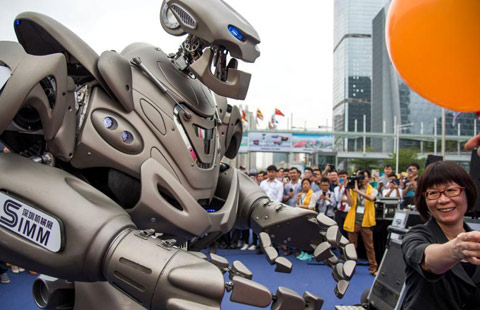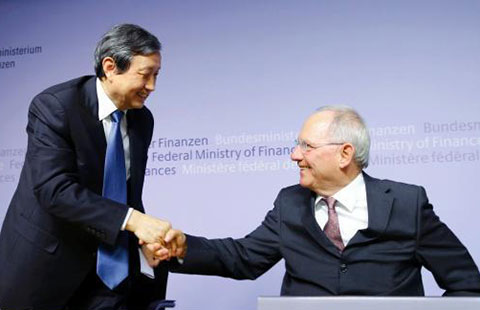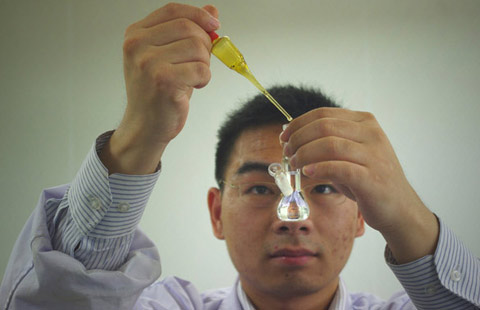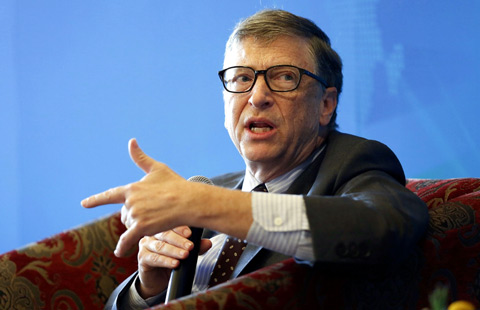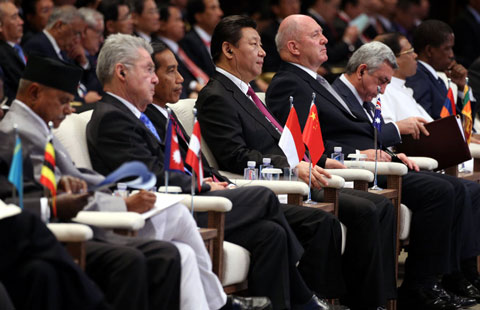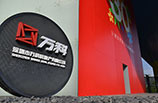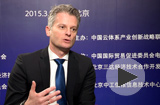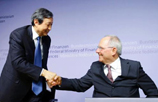PMI rebound points to improving China economy
(Xinhua) Updated: 2015-04-01 16:46"We are prepared to step up targeted macro-economic measures to boost market confidence if the slowdown hurts employment and salaries," he said.
President Xi Jinping told the Boao Forum for Asia annual conference on Saturday that the Chinese economy is highly resilient with a lot of potential and enough room to use a host of policy tools.
A tick in the right direction
A single uptick, even in an important index, signals very little, especially since the figure was so close to the boom-bust line.
Sub-indices of new orders and new export orders both fell, so downward pressure on manufacturing is still very much present, Zhao said.
The HSBC version of manufacturing PMI in March clocked in at 49.6, down from 50.7 in February. Official PMI covers large enterprises as well as small- and medium-sized enterprises (SMEs), while the HSBC poll is more focused on SMEs.
"The latest data indicate that domestic and foreign demand remains subdued amid weak market conditions, which dampened output growth as a result," analyst Annabel Fiddes said in a release accompanying the HSBC results.
"Company downsizing policies contributed to a further decline in manufacturing employment, with a pace of job shedding the strongest since last summer," she added.
Non-manufacturing PMI, which mainly tracks services and construction, also expanded in March, but at a slower pace. The non-manufacturing index dipped slightly to 53.7 from 53.9.
Services such as retail, catering and air transport traditionally surges during the New Year holiday, and subsequently waned last month. Sub-indices for activity and new orders in the construction industry both rose 2.4 points to 58.9 and 54.7, respectively, probably due to better weather and work on major infrastructure projects picking up speed, Zhao added.
- Samsung unveils Galaxy S6 and S6 Edge in Beijing
- Israel requests to join Asian Infrastructure Investment Bank
- Chinese stocks rebound on April 1
- China, the West in Africa: more room for cooperation than competition
- Nanjing cuts taxi franchise fees
- Air China increases flights to Milan, Paris
- JD.com raises delivery charges
- Veteran corporate strategist upbeat about China economy

